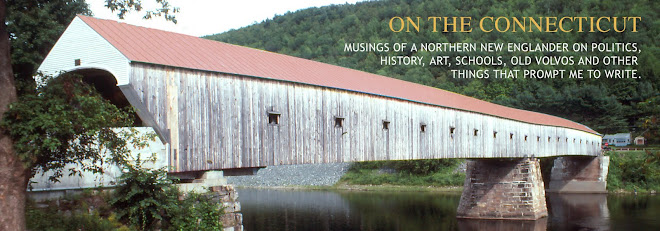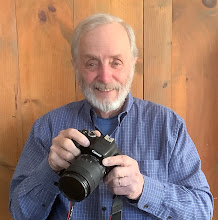Weapons are a big deal to U.S. weapon manufacturers—a $40 billion annual big deal. They have come up with a business strategy that other manufacturers can only dream about.
The elegant part of their strategy is they get paid to develop new products by their customers who then buy the products from them. Their customers then handle a major part of the sales process including training sales people, making sales calls and structuring deals. And here’s the kicker–they get a third party to pick up the tab for all of it. You and me.
Here’s how it works. We pay the U.S. military to create wish lists of toys and submit their lists to Congress, who we also pay. Weapons manufacturers then hire ex-military officers who were trained on our dime as sales people and lobbyists to help get Congress to approve the budget for those toys.
When the budgets are approved and contracts awarded, the manufacturers and their sub-contractors are paid to develop the prototypes. The cost is mostly irrelevant, because the specs usually change during development, requiring supplemental budgets. We pay for all of this with our taxes.
Once the weapons are developed, we pay for manufacturing them. Our politicians help sell these weapons to other countries and facilitate the terms of the contracts. The Pentagon helps these prospective customers develop their own wish lists, negotiates the deals and arranges payment. From the President on down, U.S. government officials including Senators and Congressmen make sales trips abroad in behalf of the weapons manufacturers. In some cases, the State Department supplies the financing through foreign aid. All of these people are paid by us.
To reward all these public officials, the weapons industry locates manufacturing facilities in as many states as possible, creating an industry that is “too big to fail” because we’re all complicit.
But there’s more. Their products actually create the market for more sales. As weapons land in the hands of foreign armies, tension and volatility develops between nations. This volatility leads to fear, confrontation and too often war, all of which feeds the need for more weapons. It’s perpetual motion marketing.
Weapons manufacturers are parasites that eat their young. They profit from fear, xenophobia, war, terrorism, genocide and death and have convinced us to pay for it.
The blood is on our hands too. We pay without even complaining.




